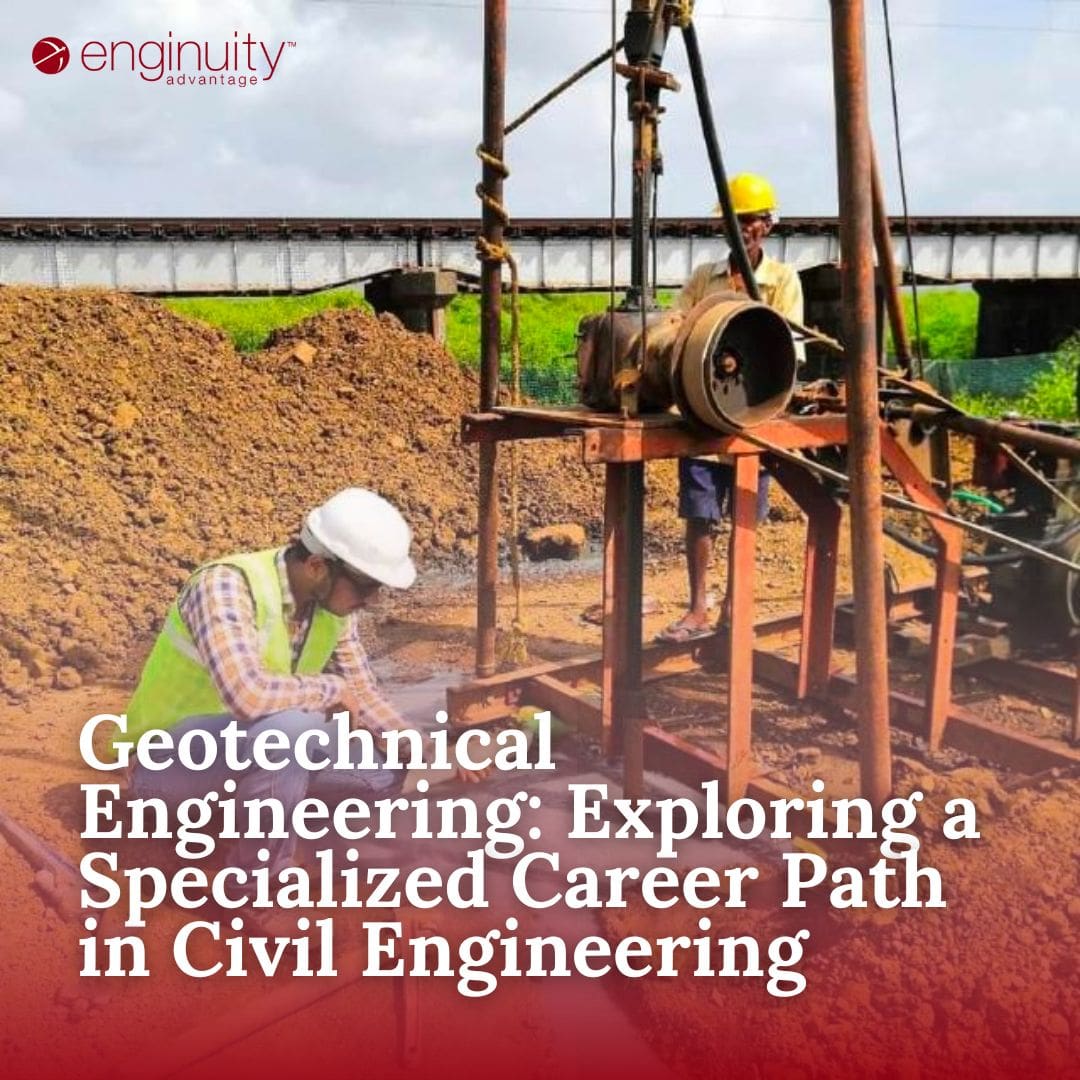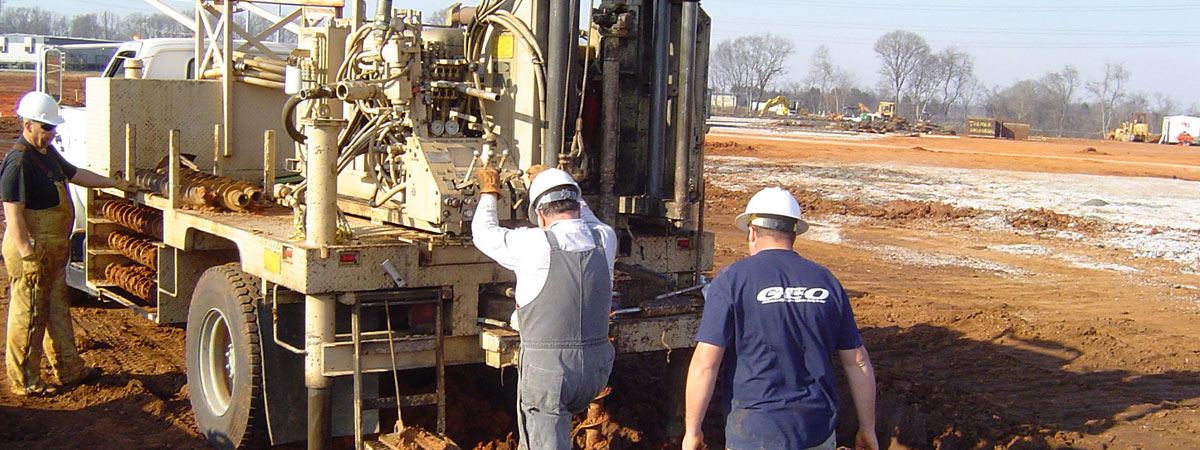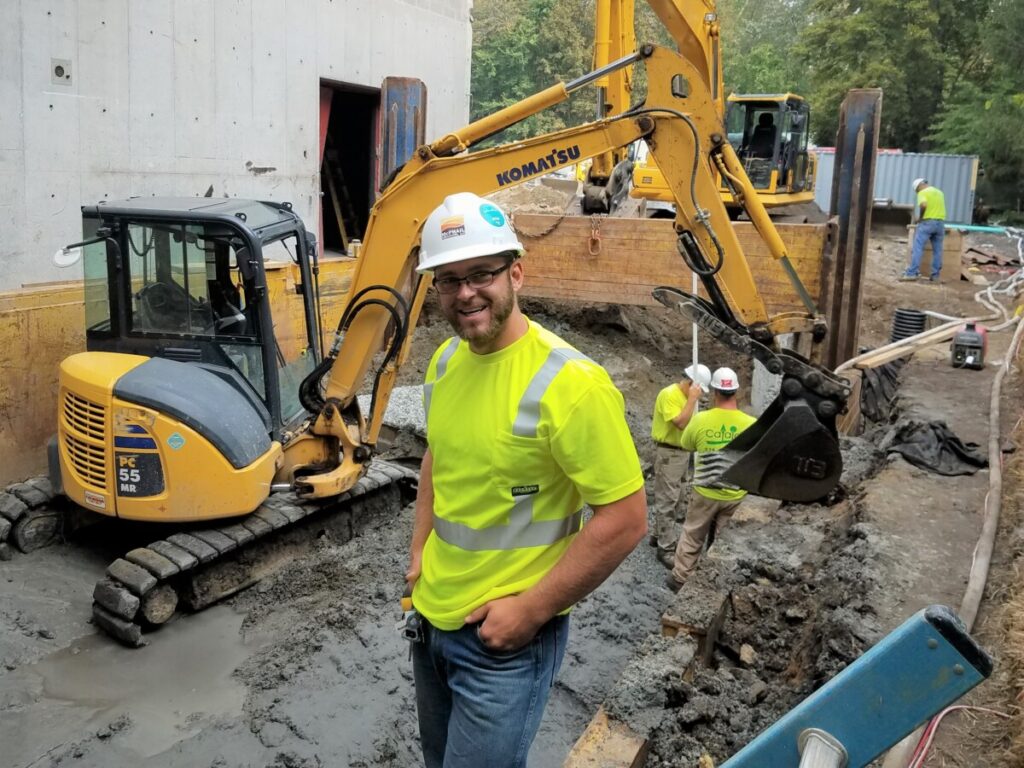Leading Approaches for Geotechnical Engineers to Improve Soil Stability in Building Tasks
Wiki Article
The Interdisciplinary Approaches in the Geotechnical Market: Linking the Space Between Engineering, Geology, and Environmental Scientific Research for Ideal Project Outcomes
The integration of engineering, geology, and ecological scientific research within the geotechnical sector is not merely beneficial; it is vital for accomplishing optimum task outcomes. What strategies might emerge to promote this vital partnership and improve the efficiency of geotechnical techniques?Relevance of Interdisciplinary Collaboration
The significance of interdisciplinary partnership in the geotechnical market can not be overstated. Reliable geotechnical jobs call for the integration of varied know-how from different fields, including engineering, geology, and environmental scientific research. This partnership makes certain that all aspects of a task are thought about, resulting in detailed remedies that deal with intricate obstacles.Interdisciplinary collaboration fosters development by enabling professionals to share understandings and methods that may not be obvious when working in seclusion (consulting engineer). By leveraging the staminas of multiple techniques, teams can recognize possible dangers, optimize style processes, and boost the sustainability of geotechnical jobs. Furthermore, such collaboration advertises an alternative understanding of site-specific conditions, which is crucial for exact evaluation and decision-making.
The complexity of geotechnical jobs necessitates a coordinated approach to analytical. When engineers, rock hounds, and ecological researchers interact, they can produce a cohesive method that straightens technical demands with ecological factors to consider and regulatory conformity. This harmony not just boosts project results but also adds to the long-lasting durability of framework. Ultimately, interdisciplinary collaboration is necessary for progressing best practices and accomplishing excellence in the geotechnical sector.
Trick Duties of Each Technique
Cooperation among different self-controls is not just helpful; it is crucial for the effective execution of geotechnical jobs. Each self-control-- engineering, geology, and environmental science-- plays a distinctive yet interconnected duty that adds to forecast effectiveness and sustainability.Geotechnical engineers are primarily in charge of creating foundations and guaranteeing structural honesty. They assess soil and rock buildings to examine load-bearing capacities, offering essential data for risk-free construction techniques. Their competence makes it possible for the formula of cutting-edge services to intricate challenges.

Ecological scientists assess the possible effects of construction on ecosystems and water sources. They conduct ecological evaluations and develop reduction methods to reduce adverse impacts. By integrating eco-friendly considerations, they ensure conformity with policies and advertise sustainability throughout the project lifecycle.
Study of Effective Integration
Effective combination of geotechnical self-controls can be exemplified through various study that highlight the effectiveness of synergy in dealing with intricate engineering obstacles. One noteworthy instance is the building and construction of the Hong Kong-- Zhuhai-- Macau Bridge, where a joint approach entailing geotechnical design, geology, and ecological science was essential. Designers and geologists functioned in unison to evaluate the seabed problems and optimize the foundation style, making certain stability and lessening ecological impact.tailings engineer One more impactful instance is the improvement of slope security in the San Francisco Bay Location, where an interdisciplinary group combined geotechnical analysis with environmental analyses. By incorporating geological surveys and hydrological research studies, the group effectively identified prospective landslide threats and applied effective mitigation measures, enhancing security and sustainability.
Moreover, the redevelopment of Brownfield websites usually calls for a multidisciplinary approach. In one case in Chicago, partnership amongst geotechnical designers, ecological researchers, and city organizers caused the effective removal of infected dirt, permitting for the secure transformation of the site into a community park. These study illustrate that interdisciplinary collaboration not just addresses technological obstacles yet additionally cultivates ingenious remedies that profit both tasks and areas.
Obstacles in Multidisciplinary Projects

Furthermore, coordinating routines and workflows among various teams can be troublesome, especially when each technique has distinct task landmarks and deliverables. This misalignment can result in delays and increased prices. The obstacle of source allotment additionally looms huge; making certain that specific experience is offered at critical points calls for cautious preparation and foresight.
Finally, regulatory conformity poses one more significant difficulty. Each technique may encounter different regulative frameworks, and lining up these requirements to fulfill project goals can be intricate and lengthy. Addressing these difficulties demands solid leadership and efficient interaction strategies to promote collaboration and guarantee that multidisciplinary groups function cohesively in the direction of shared goals.
Future Trends in Geotechnical Practices
As the geotechnical market advances, arising trends are reshaping methods to resolve the challenges faced in multidisciplinary jobs - geotechnical engineers. One considerable fad is the increased assimilation of innovative innovations, such as expert system and device understanding, right into geotechnical evaluation and style. These modern technologies boost predictive modeling and risk evaluation, allowing designers to make even more informed decisions throughout the project lifecycle
Additionally, the fostering of electronic doubles and real-time surveillance systems is coming to be more prevalent. These tools help with ongoing assessment of soil conditions and structural performance, permitting prompt treatments when concerns emerge.
Verdict
In verdict, the combination of engineering, geology, and environmental science is crucial for accomplishing ideal outcomes in the geotechnical industry. Effective case researches show the benefits of this strategy, while acknowledging the obstacles dealt with in multidisciplinary projects.The assimilation of engineering, geology, and ecological science within the geotechnical sector is not merely advantageous; it is important for attaining ideal task results. Reliable geotechnical projects call for the integration of varied competence from various areas, consisting of engineering, geology, and ecological science.Browsing the complexities of multidisciplinary tasks in the geotechnical market offers numerous considerable obstacles.As the geotechnical industry develops, arising trends are reshaping methods to address the difficulties dealt with in multidisciplinary tasks. Geotechnical engineers are progressively teaming up with environmental scientists to make sure that projects line up with sustainability objectives and abide with regulatory demands.
Report this wiki page